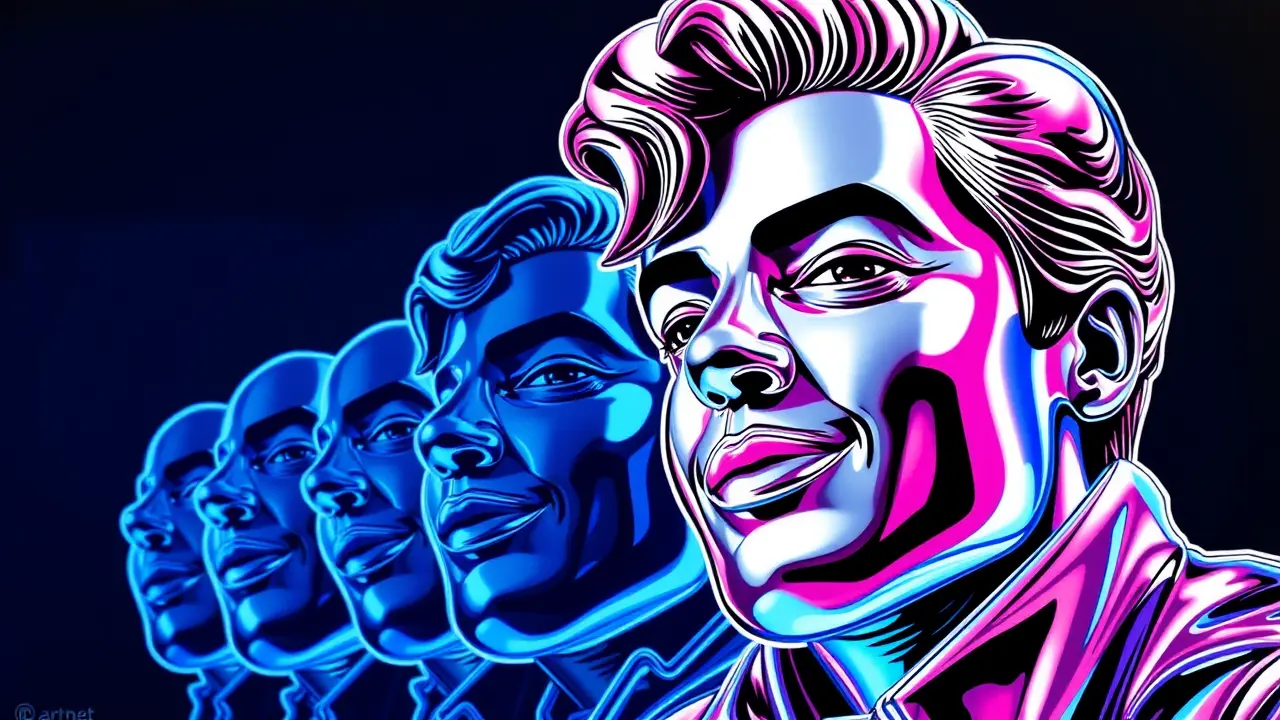Exploring Pop Art's Evolution Through Six Defining Artworks
The needle drops on a new rhythm in the art world, one that pulses with the same commercial energy and mass-produced aesthetic as a hit single climbing the charts, and Artnet Auctions’ Premier Prints and Multiples sale is the main stage, featuring a lineup of artists from the godfather of the genre, Andy Warhol, to the modern maestro of spectacle, Jeff Koons. To trace the evolution of Pop Art is to listen to the greatest hits album of the 20th and 21st centuries, a collection of movements that sampled directly from the cacophony of consumer culture, advertising, and celebrity, remixing the mundane into the monumental.It began not with a whisper but with a bang—or perhaps the *blam!* and *pow!* of a comic book panel—as artists like Roy Lichtenstein turned the four-color printing process and the emotional shorthand of cartoon strips into large-scale canvases that questioned the very nature of originality and high art, their Ben-Day dots serving as a visual bassline for a new artistic rebellion. Then came Warhol, the ultimate producer, whose factory-churned silkscreens of Campbell’s Soup Cans and Marilyn Monroe were the ultimate pop singles; they were endlessly reproducible, instantly recognizable, and brilliantly hollow, holding a mirror to a society obsessed with fame and consumption, asking us if we saw anything real in the reflection, a question that echoes in today’s influencer-driven economy.This was a seismic shift from the introspective, angst-ridden chords of Abstract Expressionism to a art form that celebrated, or at least coolly documented, the surface-level sheen of postwar America and Britain, where Richard Hamilton defined the new attitude as 'popular, transient, expendable, low-cost, mass-produced, young, witty, sexy, gimmicky, glamorous, and Big Business. ' The movement’s evolution can be tracked through its changing mediums, finding its purest expression in prints and multiples—the very forms that democratize art, making it accessible in a way a unique painting never could, much like how the vinyl single brought music to the masses.The baton passed through artists like Claes Oldenburg, who turned a hamburger and a clothespin into soft, monumental sculptures that played with scale and expectation like a catchy hook you can’t get out of your head, and James Rosenquist, whose fragmented, billboard-sized paintings spliced together images of consumer goods and political figures like a DJ crossfading between tracks, creating a disorienting yet familiar narrative of American life. As the decades turned, Pop Art didn't fade out; it was sampled by a new generation.Keith Haring took its graphic language into the subways and streets, infusing it with a urgent, social-consciousness-driven energy, while Jean-Michel Basquiat merged its iconography with the raw, frenetic energy of graffiti and neo-expressionism, creating a powerful, dissonant new sound. The legacy finds its contemporary crescendo in the work of Jeff Koons, whose stainless steel balloon animals and polished sculptures of banal objects are the ultimate power ballads of the art world—technically flawless, impossibly shiny, and deeply controversial in their embrace of kitsch and market forces, challenging the listener, or viewer, to find meaning in the perfect, vacant smile of a porcelain Michael Jackson. This sale, therefore, is not merely an auction; it is a curated playlist of cultural revolution, a testament to how these artists tuned their instruments to the frequency of the everyday and composed an anthem that we are still humming, a melody that continues to influence everything from the design of your smartphone to the memes that flood your social media feed, proving that the boundary between the gallery wall and the grocery store aisle was always more permeable than we dared to believe.
It’s quiet here...Start the conversation by leaving the first comment.
© 2025 Outpoll Service LTD. All rights reserved.
